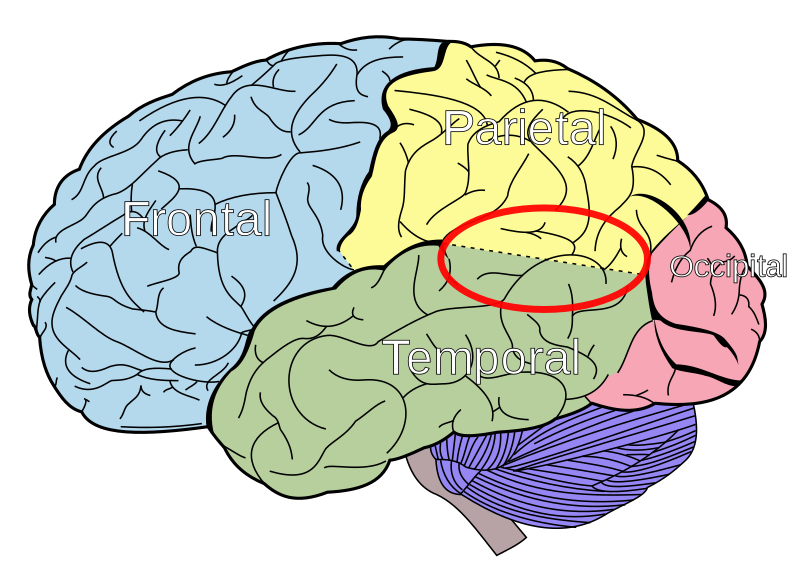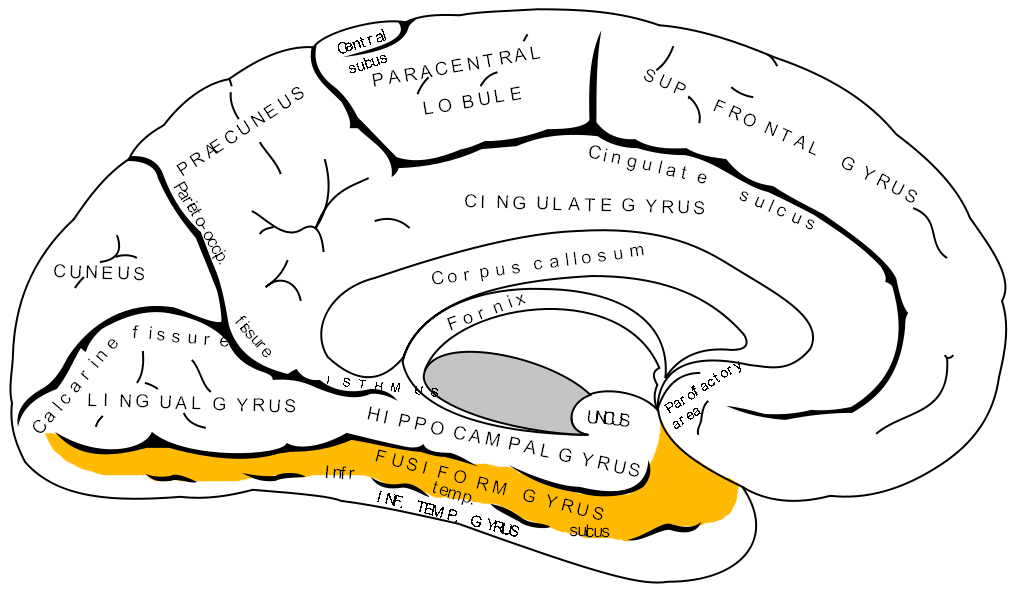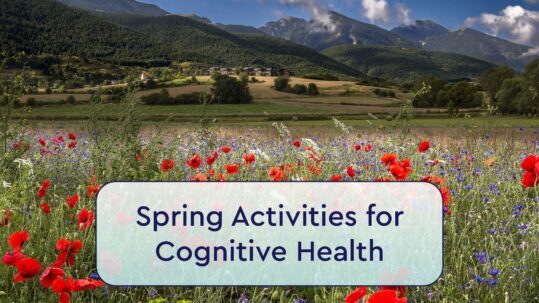The Neurobiology of Reading
Reading is a complex cognitive process that involves a network of connections throughout the entire brain. Oftentimes, educators overlook the neurobiology of cognitive skills required for activities such as reading. Understanding the neurobiology of reading will allow professionals to better determine what kinds of interventions may be most effective for a person struggling with reading. In this blog post, we discuss the neurobiology of reading and what it means for working with someone that has dyslexia.
The Neurobiology of Reading
Reading involves 3 different cognitive tasks: sight, decoding, and the ability to translate phonemes into speech. These tasks involve 3 key brain components: the inferior frontal gyrus and frontal lobe, the temporoparietal region, and the occipitotemporal region.

The Inferior Frontal Gyrus and Frontal Lobe
This area of the brain is responsible for executive functioning and working memory skills. In language, these sections overlap with Broca’s area which is responsible for speech production. For reading, this area of the brain assists with the recalling of the sounds of a word with the connection of what that sound represents in other brain regions. Within reading the sequencing that occurs may help readers correctly place sounds within a word while reading either aloud or silently. This component of the reading network is active regardless if a person recognizes a word or if they decode the word first.

The Temporoparietal Region
In this area, 3 key components of reading occur. These components happen in a sequence. First, phonemes are extracted from spoken words. Second, these phonemes are then linked to letters or combinations of letters that represent the sounds that we derive from speech. Lastly, derivation of word meaning occurs as sound is translated into visual representation. Because of these three key components, it is thought that the temporoparietal region is involved in the translation of phonics.

The Occipitotemporal Region
This region is highly involved in processing visual information due to the connections to the occipital lobe and visual processing circuit. Here, it is thought that letters and whole words are visually recognized by the reader. This area allows readers to visually recognize words and recall their appearance, sound, and meaning when this brain area interacts with the inferior frontal gyrus and frontal lobe in addition to the temporoparietal region.
How does the neurobiology of reading impact someone with dyslexia?
Neurobiological differences do exist between people with and without dyslexia. For example, studies have shown that there is decreased activity in the temporoparietal and occipitotemporal regions of the brain during reading in people with dyslexia. Other neuroimaging studies have found that some people with dyslexia have reduced grey matter in these two brain areas in comparison to people without. This may explain why people with dyslexia have difficulty deriving the appropriate sounds from written text while reading. Other studies have shown that people with dyslexia may use resources from the striatum and thalamus to accomplish reading tasks in comparison to those without dyslexia. More research is needed to understand the fine mechanisms at play behind reading, but researchers have uncovered much about how people with and without dyslexia read and process written text.
Conclusion
Oftentimes, the neurobiology of cognitive skills,like reading, is overlooked by educators. However, understanding the neurobiology of reading can help researchers, educators, speech therapists, and other professionals develop appropriate intervention plans that appropriately address the biological challenges a person with dyslexia faces. Using a neurobiological approach to understand reading, one can learn how different brain areas interact with one another to process information from written words. By addressing the cognitive skills required for reading, you may be able to help the student overcome their reading difficulties.









